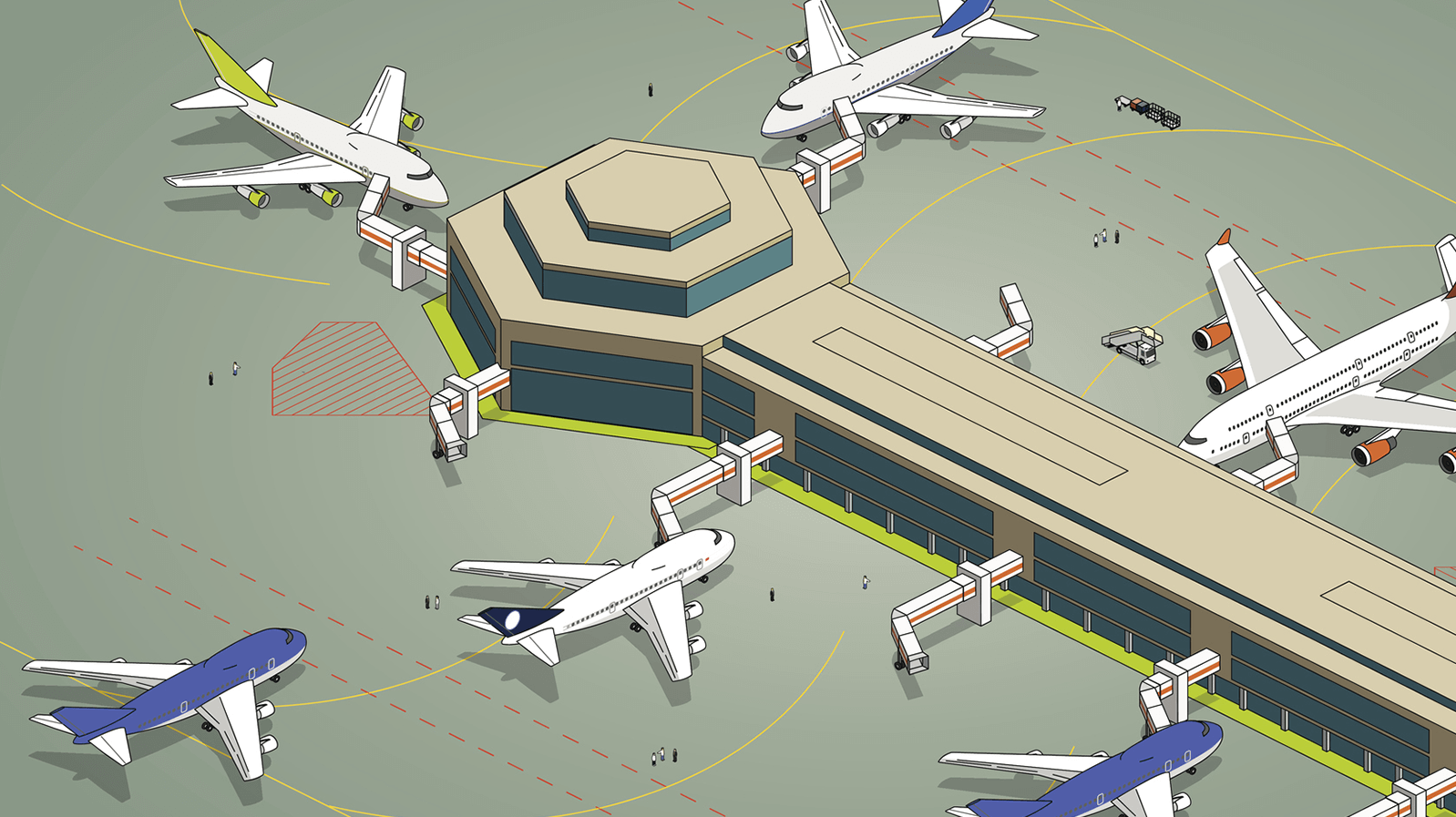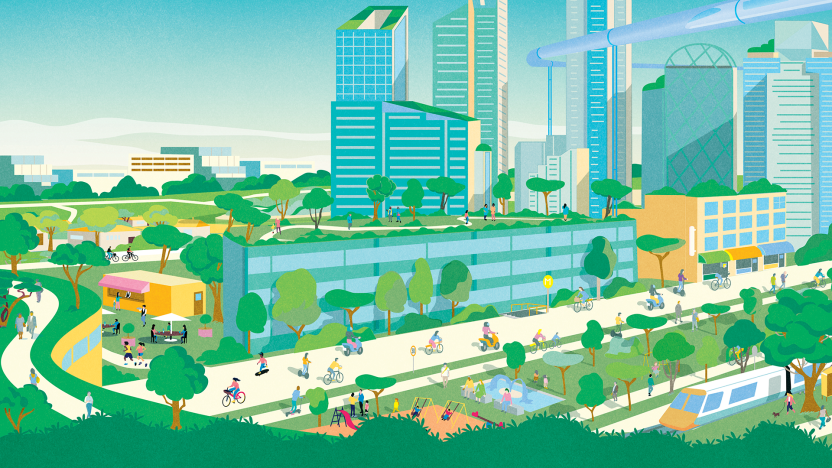Inflight innovation
How a dormant industry is exploring its potential as a space for digital innovation.
by Torsten Wingenter

The Airline Industry hasn’t changed much in the last 30 years: the technology has been improved, the service to the customers upgraded, the safety conditions enhanced. However, up until very recently, it seemed that there was little or no room for game-changing improvements. Slowly but surely, companies finally started to think outside of the box and understood that innovation could happen where one would the least expect it: within the walls of the airplane itself.
With the dawn of the digital revolution, many online platforms popped up and suddenly became very successful: the metasearch engines for flights which compare different companies prices, for example, have modified the way in which we fly. Just think of the 80s and early 90s: flying was a social status, almost every country had a national airline, and companies were actual brands; just like what still happens in the clothing industry, flying with a company instead of another brought extra-value that went beyond moving from point A to point B.
After pondering this throughout my career, I started wondering: is the future of flying just about eating, drinking, watching movies – basically “killing time” until you reach your final destination? This is how we came up with the idea of bringing innovation aboard the core of the passengers’ experience: the airplane.
There are many safety regulations that make it harder for a company to test something new on an airplane. We’re working within a very delicate area and passenger safety always comes first – so it can be complex for us to come up with an idea and test it out. This hasn’t discouraged us: it’s instead motivating Lufthansa’s Flying Lab more and more
The Flying Lab is a platform that was created with the purpose of testing out new ideas during flights, but it quickly became a real lab of innovation. We wanted to make digitalization and innovation a visible experience, but it quickly turned into a platform where we are rethinking the future of the sector. Our goal now is to answer the question: how we can add value and create new experiences, even when means and space are limited? Eventually, the success was so big that many third parties approached us and asked for permission to board.
Right now, we’re working on two parallel projects. On one hand, we’re experimenting in-flight conferences: we have 5 or 6 speakers live on the plane in a TED Talk format and the passenger – no matter if they sit in first or business class – can see it on their personal device and ask questions through the chat box. On the other hand, we’re proposing the passengers to test new products out while flying. We’re getting a very positive feedback: instead of just sleeping to kill time, you can have fun trying out an innovative product. It’s a win-win situation: while the passenger has the chance to have an “early bird” preview of a cool product, it’s at the same time a way for us to run market research. These are the first steps that help us imagine what other experiences we could make happen during a flight.
There are many other ways the industry is changing. For example, Airbus has a project called Transpose, which intends to develop modules for airplanes, just as is happening on many trains. This way, people wouldn’t simply book a flight: they would also book a two-hour dinner in a restaurant module, a one-hour training in the gym module, a meeting in the co-working one. This is what the future is about and it’s happening even here, on the plane: where nobody would expect it to.
Another great innovation that will disrupt the way we fly is the research on autonomous flying vehicles, which are being developed by many startups – in particular the challenge of fuelling planes with electricity instead of kerosene. However, I think that the greatest challenge is how to get the companies on board with such an idea. Sometimes it’s easier to convince people outside of the industry as they have a fresher approach; the employees, instead, are used to work in a very protected environment: change implies to move out of that, lose stability, and look at it from the outside. It means you get uncertainty – and nobody likes to feel uncomfortable, especially in the airline industry.
These are totally new concepts and assets: we’re not just focusing on taking someone from A to B, we’re trying to help our guests make better use of the time they have in their lives, instead of just sitting in a chair and watching movies for hours. This is a challenge that many other industries are facing, and it’s interesting to see how they are dealing with it. This is clearly an objective of increasing importance inside the Automotive Industry: how will people make use of their time when they won’t be busy driving anymore?
Technology will eventually make humans work less and have more time – the challenge of the future is ultimately not about the technology: it’s about the people, and the culture. The digital revolution has moved the focus from the complicated to the complex: the cause-effect relationship doesn’t work anymore, we don’t know what will happen. We know the direction, not where we’ll end up. This is what will make the difference in the future: companies will finally become really human-centered: it all comes to choosing what we want to do with the extra time we’ll have.


